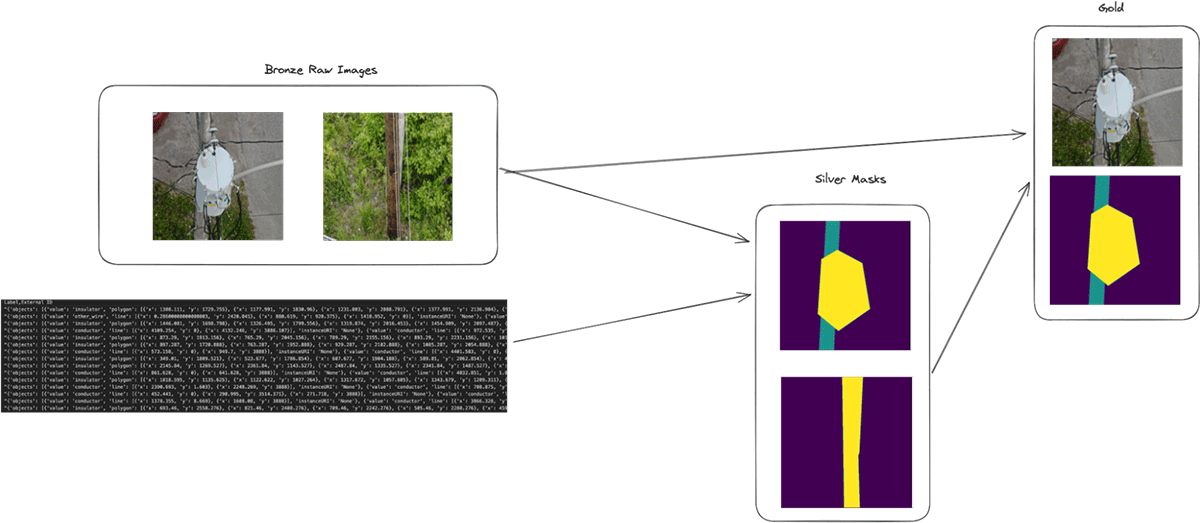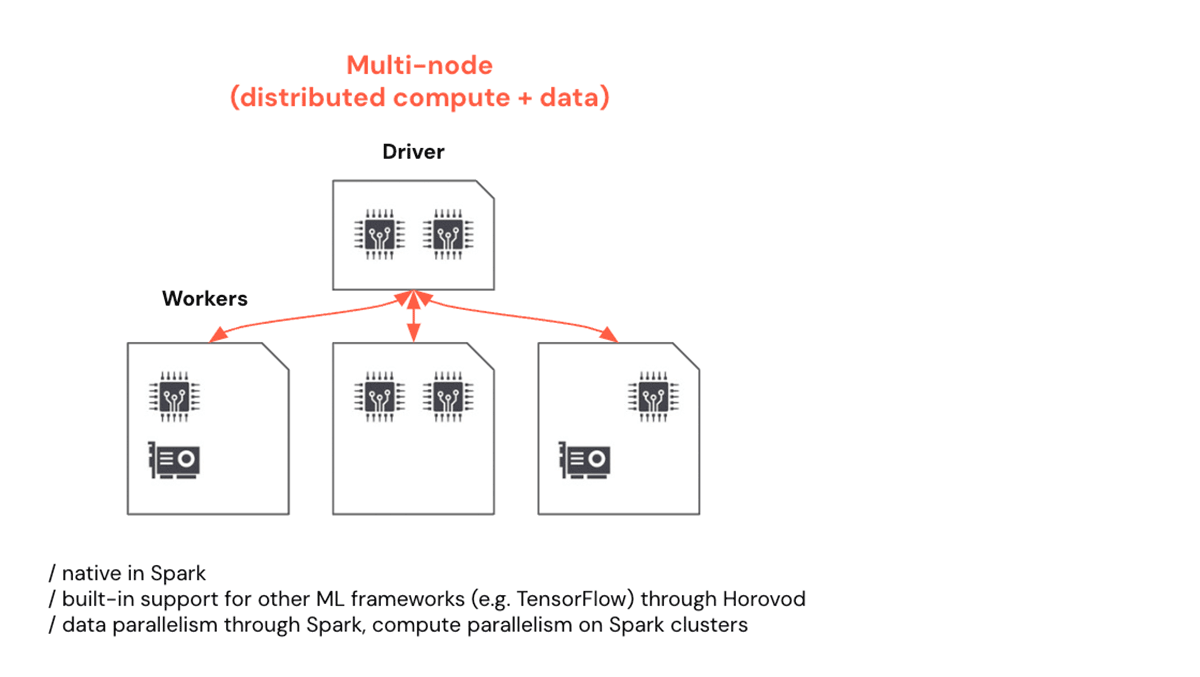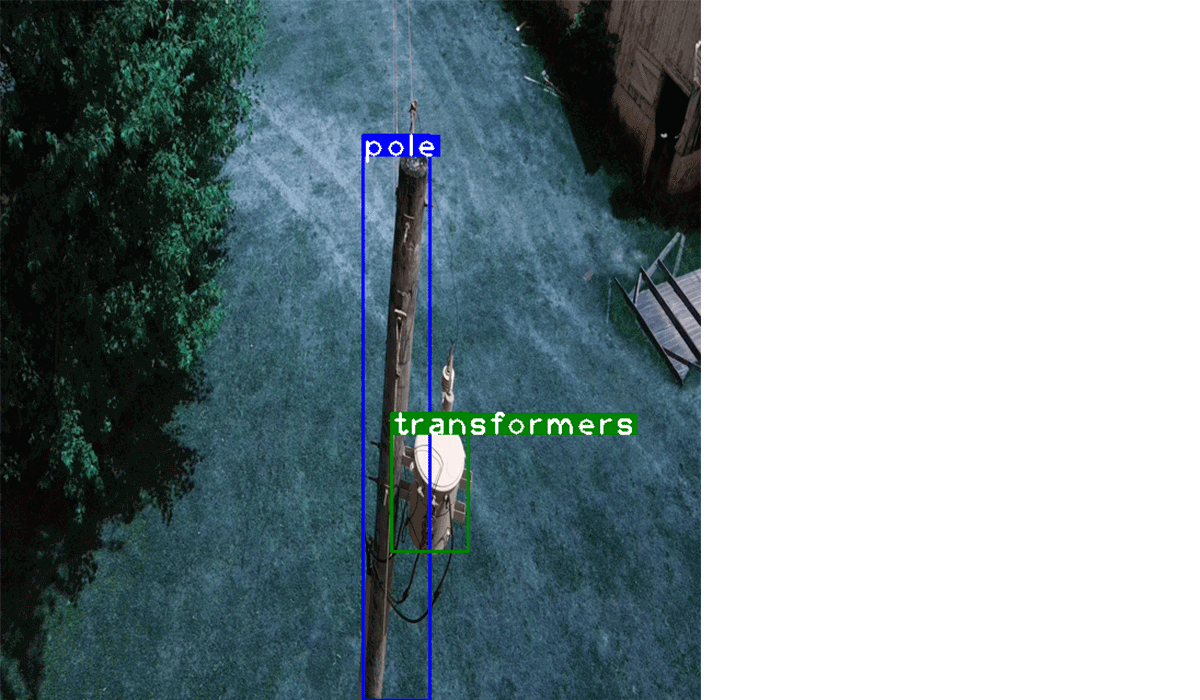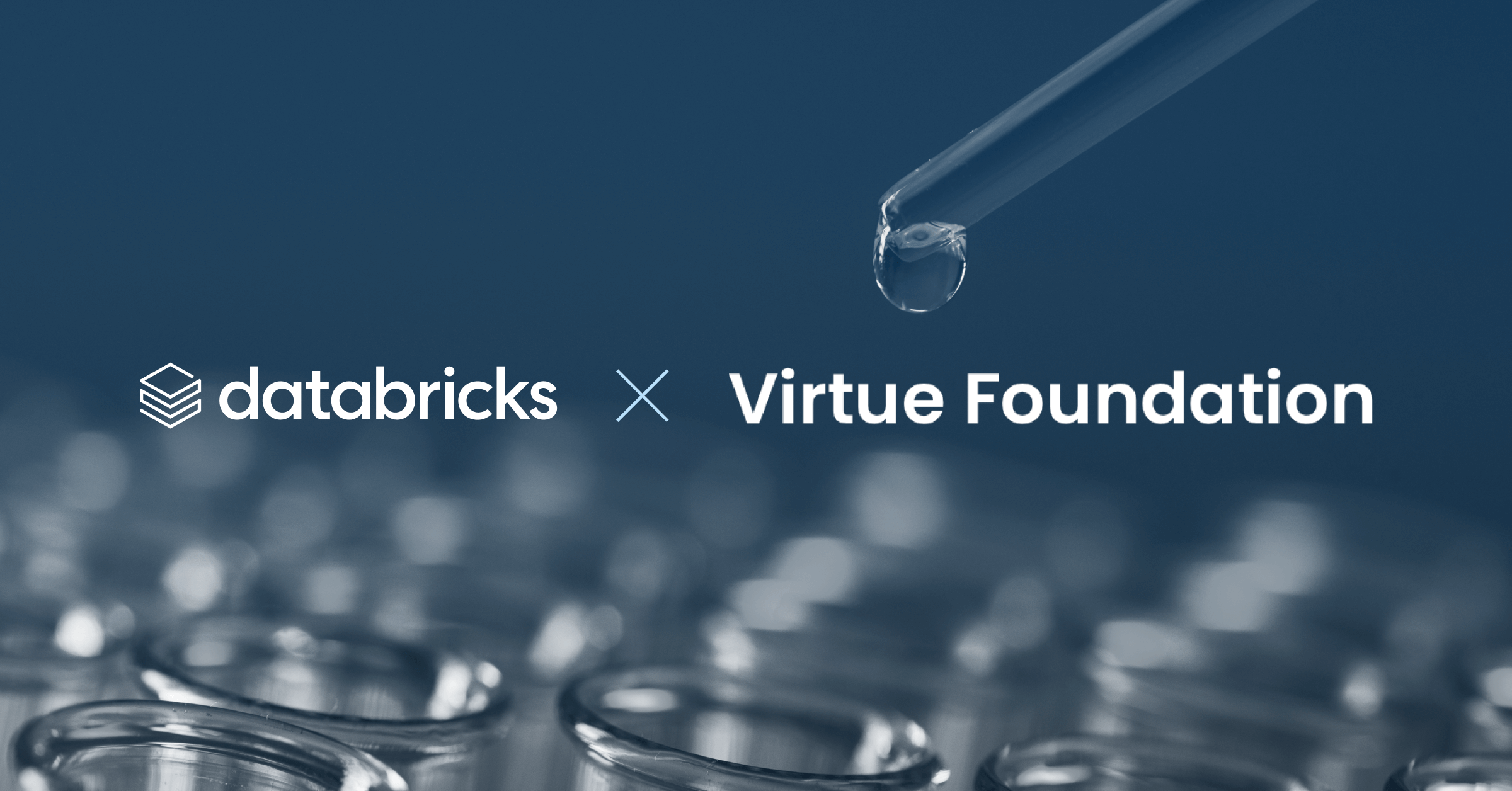Illuminating the Future: Unveiling Databricks power in analyzing electrical grid assets using computer vision

Innovation in the Power and Utilities industry is all but a necessary step to move forward with the evolution of the national power grid and new operating models are needed to fuel this innovation. All parts of the energy system are shifting from a one-dimensional power flow into a dynamic two-day grid that supports new wind and solar production, EV and battery usage, along with other shifts in the industry like smart meters and dynamic pricing models.
As part of this shift in grid operations and management, power, and utilities providers are looking for new ways to manage their grid assets, collect data, and automate an industry that has largely operated the same way for generations.
In an era driven by technological advancement, industries across the board are harnessing the potential of cutting-edge tools to revolutionize their operations. The power and utilities sector, responsible for maintaining the heartbeat of modern society, is no exception. With the advent of computer vision technology, a new frontier has emerged, empowering this industry to efficiently manage and monitor its critical infrastructure. A key application of computer vision is its role in analyzing images of electrical grid assets. In this blog, we delve into the how Databricks' Data Intelligence Platform easily supports capabilities and benefits of computer vision capabilities to analyze images of electrical grid assets.
Using Computer Vision to Optimize Electrical Grids
Electrical grids serve as the backbone of power distribution, connecting power sources to end consumers. These intricate networks consist of an array of components such as transformers, substations, power lines, and insulators. The efficient functioning of these assets is paramount to ensure a consistent and uninterrupted power supply. Regular inspection, maintenance, and swift identification of potential issues are crucial to prevent downtime, reduce accidents, and ensure the safety of both workers and the public.
Computer vision, a subfield of artificial intelligence (AI), equips machines with the ability to interpret and understand the visual world just like humans. By processing and analyzing images and videos, computer vision systems can detect patterns, identify objects, and even make informed decisions. In the context of the power and utilities industry, computer vision has a transformative role to play.
Within the industry, there are several major use cases where computer vision capabilities are revolutionizing what electric grid operators are doing:
- Automated Inspection: Traditional manual inspection of electrical grid assets is time-consuming and can be error-prone. Computer vision technologies enable automated inspection of assets, identifying anomalies, corrosion, wear and tear, and other potential issues with higher accuracy and speed. This minimizes downtime and reduces the need for human intervention in dangerous environments.
- Anomaly Detection: Computer vision systems can be trained to recognize both visible and non-visible anomalies that might go unnoticed during manual inspections. This includes identifying cracks, hotspots, and other irregularities that could lead to equipment failures.
- Predictive Maintenance: By continuously monitoring assets through cameras and sensors, computer vision systems can predict when maintenance is required. This proactive approach saves costs and prevents unexpected breakdowns.
- Remote Monitoring: Remote monitoring of assets becomes feasible through computer vision. Experts can access real-time data and images from different locations, eliminating the need for physical presence at the site.
- Data-driven Decision Making: Computer vision generates vast amounts of data, which, when analyzed, can provide insights into asset performance, patterns, and trends. These insights drive informed decision-making for optimizing asset operations and resource allocation.
- Enhanced Safety: Computer vision technologies can identify safety hazards for workers, such as detecting unauthorized personnel in restricted areas or ensuring that safety protocols are being followed.
- Scalability: With the integration of machine learning algorithms, computer vision systems can adapt and learn from new data, increasing accuracy over time and scaling to accommodate larger grids.
Databricks Solution Accelerator for using Computer Vision to analyze Electrical Grids
The Databricks Data Intelligence Platform is particularly beneficial for computer vision workloads in the Power and Utilities sector. It offers organizations the ability to ingest streaming data, perform analytics in real-time, and integrate your end-to-end AI workflows, from model development to production deployment, shortens the time to deploy production-ready models. All while scaling in a cost-effective manner to handle vast amounts of various data types and sources.
We have developed a solution accelerator to help Power and Utility companies easily work with image data and process that on the Databricks Platform. In the accelerator, drone imagery will be used to train a segmentation model to identify different distribution assets placed on structures.
Data is ingested from an EPRI dataset consisting of images of distribution assets along with labels for each object. These are ingested into Delta tables and transformed through the medallion architecture in order to produce a dataset that is ready for model training.

After data loading has been completed, the training can begin. In the age of GenAI, there is a scarcity of large GPU's leaving only the smaller ones that can significantly impact training and experimentation times. In order to combat this, Databricks allows you to run distributed GPU training using features like PytorchDistributor. This accelerator takes advantage of this to utilize a cluster of commodity GPU's to train our model which brings the training time down almost linearly.

Assets on distribution structures are normally more tightly grouped than their transmission counterparts. Because there are more assets together in a single image, a segmentation model provides a good way to isolate each asset as much as possible for potential further processing. This model can provide the base for segmenting these assets for more fine tuned models such as subclassification models or damage detection models. Storing these models in Unity Catalog allows for them to be governed, have lineage tracked, and be used to produce predictions in line with the data being ingested. The models can then be applied across any data sizes that could be produced through drone imagery capture by leveraging the models in conjunction with the data ingestion process and Apache Spark to scale those models to many machines working together.

The integration of Computer Vision with the Power and Utilities industry, powered by Databricks Lakehouse and its machine learning capabilities, promises a future of enhanced efficiency, safety, and innovation. As the sector continues to evolve, embracing these technologies will be crucial for companies aiming to stay at the forefront of the industry.
Here is the link to this solution accelerator.
To learn more, visit our Data Intelligence for Energy website
Never miss a Databricks post
What's next?

Product
November 27, 2024/6 min read
How automated workflows are revolutionizing the manufacturing industry

Healthcare & Life Sciences
December 19, 2024/5 min read
